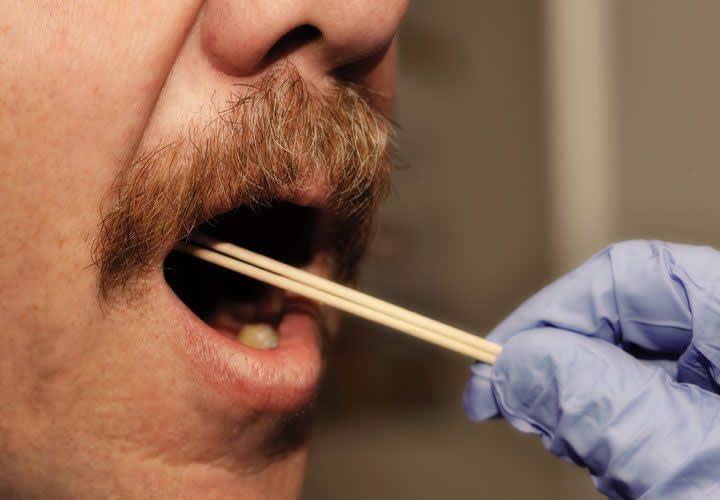Therefore more emphasis must be placed on proper collection techniques and procedures, as well as minimizing scene contamination. This starts with the patrol officer.
First, Do No Harm
Law enforcement agencies differ. Some patrol officers routinely handle crime scene investigation and evidence collection, while others call in the crime scene unit on every case. Regardless of what end of the spectrum you fall on, the one thing we can all agree on is that we don't want to contribute our DNA at the scene.
I think about this every time I enter a scene, whether it's a burglary, sex assault, or homicide. The first rule of medical ethics is, "First, do no harm." I often think of this as I process crime scenes. My goal is to leave things as is by trying to minimize scene contamination. DNA contamination is a real concern.
Every scene is different, but some basic steps will help minimize contamination. Gloves are a must. Whether leather, latex, nylon, or nitrile, gloves will prevent you from depositing DNA on items in the scene. If you're not wearing gloves, minimize your contact with items within the scene; if you don't touch an object the odds are good your DNA won't show up on that object. Small things like sneezing could also transfer DNA, so this is something to think about.












